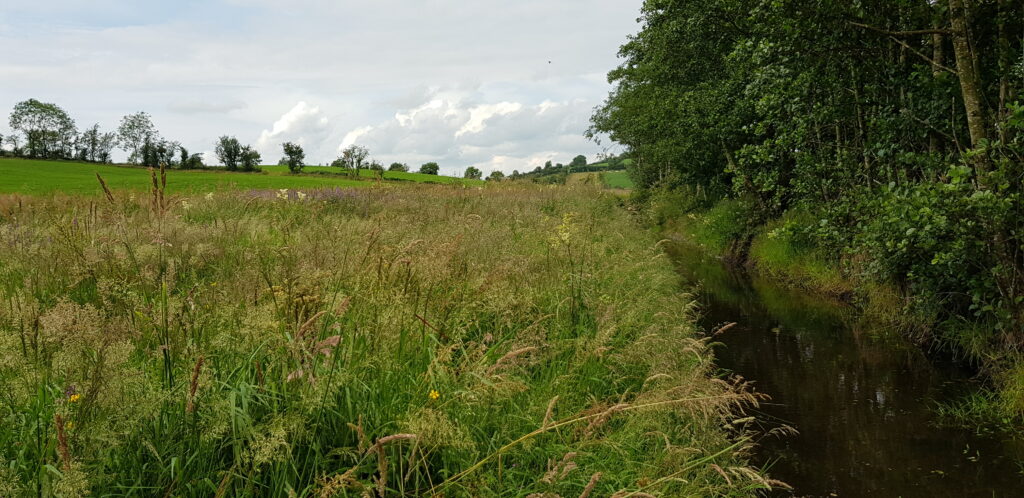
In December 2011, a Preliminary Report on Source Protection for the Greaghlone / Comertagh Lough Catchment was prepared for Magheracloone GWS by the Centre for Freshwater Studies at Dundalk Institute of Technology (DkIT). As part of this study the catchment outline was defined using the available contours on the OS Discovery Series (1:50,000) maps. Subsequently, a desktop review of the soils, geology and water quality within the catchment was conducted. A number of recommendations for further works were outlined in this report, including;
- A field study to assess the direction of flow of a number of streams in the catchment as there was some uncertainty about the direction of flow in some streams between Cornalara Lough and Greaghlone Lough;
- The implementation of a raw water sampling programme;
- The identification of livestock access points; and
- Soil nutrient analysis within the catchment.
In an effort to expand upon the preliminary report, Magheracloone GWS in association with Hydrec Environmental Consulting prepared an Integrated Catchment Management Plan (ICMP) which determined the current water quality status of the surface water bodies within the Greaghlone / Comertagh Lough Catchment, it identifies potential water quality issues within the catchment, if any mitigation measures are required or in the case of ‘Good’ status waterbodies determine what protection measures could be installed to retain satisfactory conditions.
It is intention of Magheracloone GWS to develop the conceptual model of the catchment further by conducting the following additional tasks:
- Assessment of the groundwater quality within the catchment through the installation of groundwater monitoring boreholes;
- Soil nutrient analysis and the preparation of nutrient management plans for landowners within the catchment. This will help identify diffuse sources of pollution within the catchment;
- Sediment core analysis of the surface water bodies within the Greaghlone Lough.
The source protection measures will include the erection of stock proof fencing along the surface waters within the catchment to exclude livestock from entering water courses, and the establishment of riparian buffer zones
It is envisaged that a community wide approach will be required for the successful implementation of the ICMP. This will involve, the preparation and rolling out of an awareness campaign to the various schools and community groups in the area. It is planned to use National Science Week and Heritage Week to raise awareness of the project also.